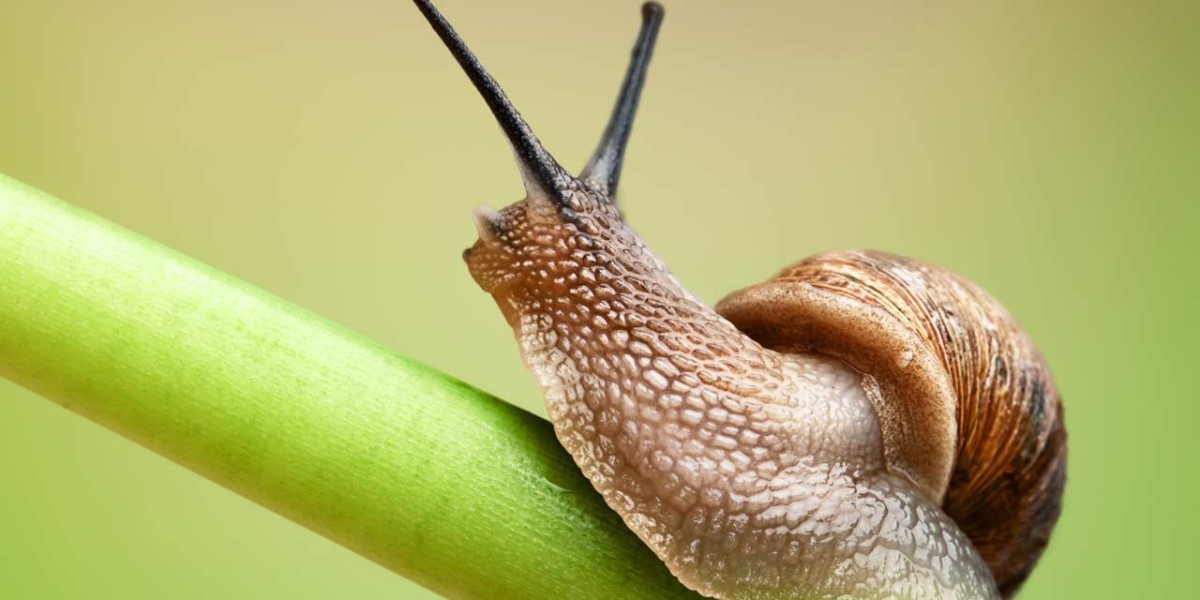In the serene realm of gardens and green spaces, there exists a persistent menace that threatens to ravage our cherished plants and flowers: slugs and snails. These slimy intruders can wreak havoc on our carefully tended landscapes, leaving behind a trail of destruction in their wake. But fear not, for there are strategies and methods available to gardeners to keep these pesky pests at bay. In this comprehensive guide, we will explore effective slug and snail control techniques, from natural remedies to modern interventions, to help safeguard our gardens and nurture our botanical havens.
Understanding Slugs and Snails
Before we delve into control methods, it's essential to understand the adversaries we're dealing with. Slugs and snails are mollusks belonging to the gastropod class, characterized by their soft bodies, mucus secretion, and shell (in the case of snails). These creatures thrive in damp, moist environments and are particularly active during the night or on cloudy, overcast days. They feed voraciously on a wide variety of plants, leaving behind ragged edges and holes in leaves, stems, and fruits.
Natural Slug and Snail Control
Cultural Practices: Maintaining good garden hygiene can deter slugs and snails. Removing debris, fallen leaves, and hiding spots such as boards or stones can reduce their habitat and make your garden less inviting.
Handpicking: While it may not be the most pleasant task, manually removing slugs and snails from your garden can be an effective control method, especially in smaller garden plots. Simply collect them in the early morning or evening hours when they are most active and dispose of them away from your garden.
Chemical Slug and Snail Control
Commercial slug pellets containing metaldehyde or iron phosphate are commonly used to control slugs and snails. These pellets are applied around plants and lure the pests, causing them to consume the bait and subsequently perish. However, it's essential to use these products sparingly and according to the manufacturer's instructions to avoid harming beneficial wildlife.
Another option is to use slug bait stations, which offer a more targeted approach to slug and snail control. These stations contain bait that attracts slugs and snails while minimizing the risk of accidental ingestion by non-target species.
Integrated Pest Management (IPM) Approaches
Integrated Pest Management (IPM) combines various control methods to manage pest populations effectively while minimizing environmental impact. When it comes to slug and snail control, an IPM approach may include a combination of cultural practices, natural predators, barriers, and targeted pesticide applications, tailored to the specific needs of your garden and the severity of the infestation.
Preventive Measures
Preventing slug and snail infestations is often more effective than dealing with them after the fact. Here are some preventive measures to consider:
Choose Resistant Plants: Opt for plants that are less appealing to slugs and snails, such as those with thick, leathery leaves or strong fragrances.
Reduce Moisture: Slugs and snails thrive in damp, moist environments, so watering your garden in the morning rather than the evening can help reduce humidity levels and discourage their activity.
Mulch Carefully: Avoid using organic mulches that provide shelter for slugs and snails. Instead, opt for inorganic mulches like gravel or crushed stone.
Regular Monitoring**: Keep a close eye on your garden and promptly address any signs of slug or snail damage before infestations escalate.
Conclusion
While slugs and snails may present a formidable challenge to gardeners, armed with the right knowledge and control strategies, we can protect our plants and preserve the beauty of our outdoor spaces. By adopting a holistic approach that combines cultural practices, natural remedies, and targeted interventions, we can strike a balance that keeps these garden pests in check while maintaining a thriving and vibrant garden sanctuary. With diligence and perseverance, we can stand as guardians of the garden, ensuring that our botanical havens remain havens of beauty and tranquility for generations to come.







